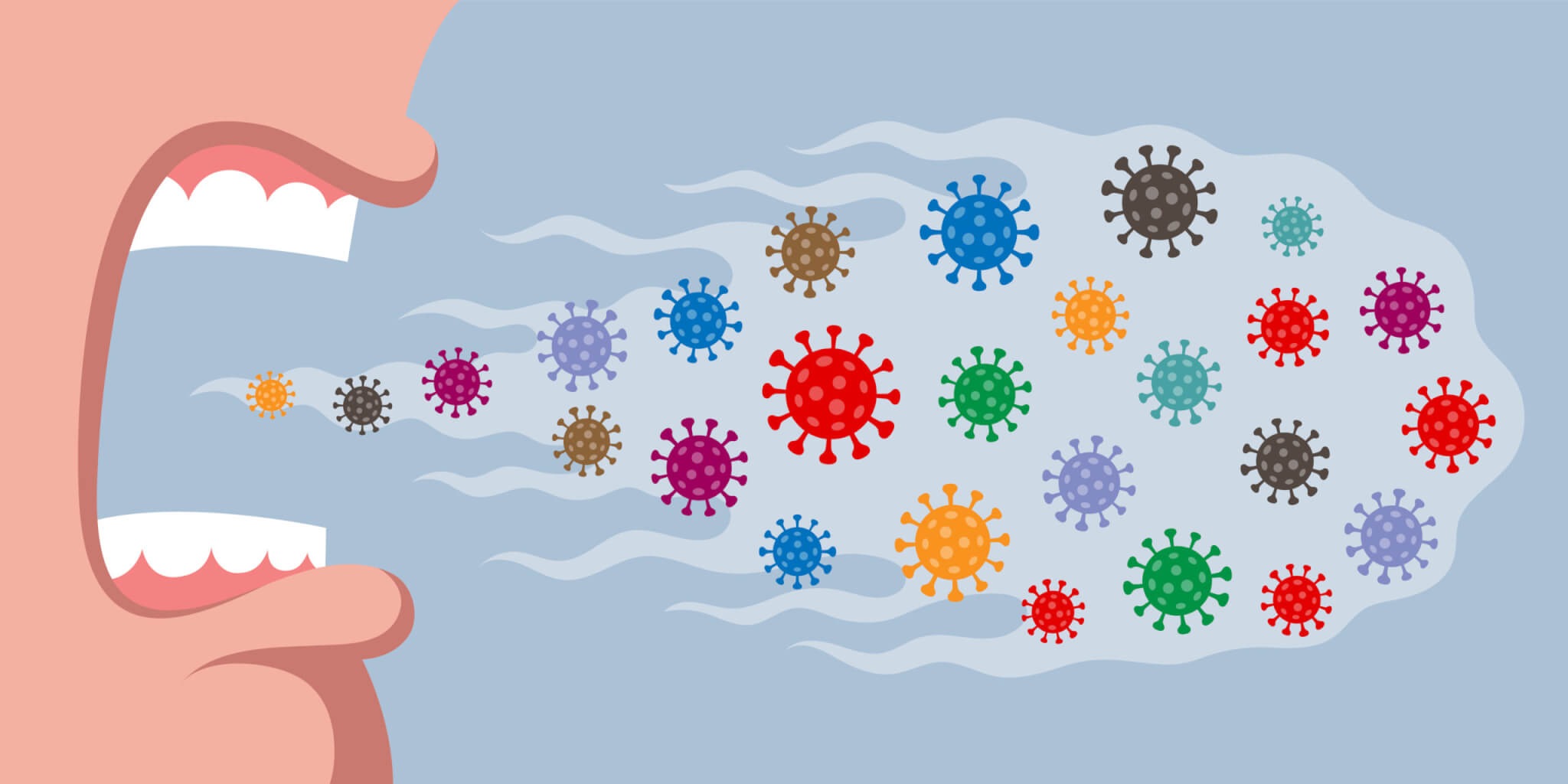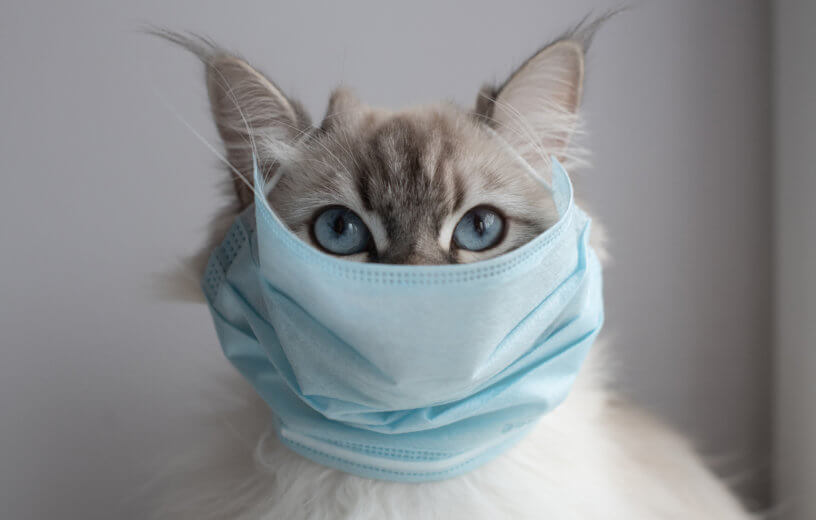LONDON — It’s natural for humans to worry about catching pathogens from all sorts of wild animals. However, new research suggests mankind tends to do more infecting than the critters they fear. Following a new analysis of viral genomes, scientists at University College London report humans pass on more viruses to domestic and wild animals than the other way around.
The research team analyzed all publicly available viral genome sequences in an effort to reconstruct instances in which viruses have jumped from one host to infect another vertebrate species.
Generally speaking, the majority of emerging and re-emerging infectious diseases are attributable to animal viruses. When these pathogens transmit from animals into humans (a process called zoonosis), it leads to disease outbreaks and epidemics such as Ebola and new flu strains. Considering the tremendous impact zoonotic diseases can have on public health, humans have historically been seen as a “sink” for viruses rather than a source. In other words, human-to-animal transmission of viruses usually gets far less attention.
For this latest work, study authors developed and applied methodological tools to analyze the close to 12 million viral genomes deposited in public databases to date. By leveraging this data, researchers successfully reconstructed the evolutionary histories and past host jumps of viruses across 32 viral families. This allowed them to search for which specific areas of the viral genomes developed mutations during host jumps.
Researchers estimate approximately twice as many host jumps originated from humans to other animals (known as anthroponosis) rather than the other way round. This pattern remained consistent throughout the majority of considered viral families. Moreover, the study notes even more animal-to-animal host jumps that didn’t involve humans at all.

This work highlights the high and largely underappreciated fact that human viruses frequently spread from people into both wild and domestic animals.
“We should consider humans just as one node in a vast network of hosts endlessly exchanging pathogens, rather than a sink for zoonotic bugs,” says study co-author Professor Francois Balloux (UCL Genetics Institute) in a media release. “By surveying and monitoring transmission of viruses between animals and humans, in either direction, we can better understand viral evolution and hopefully be more prepared for future outbreaks and epidemics of novel illnesses, while also aiding conservation efforts.”
On average, viral host jumps show an association with an increase in genetic changes, or mutations in viruses, relative to their continued evolution alongside just one host animal. Study authors say this reflects how viruses must adapt to better exploit new hosts.
It’s also worth noting viruses known to already infect many different animals show weaker signals of this adaptive process, indicating that viruses with broader host ranges may possess traits making them inherently more capable of infecting a greater number of hosts. Other viruses may need more extensive adaptations to infect a new host species.
“When animals catch viruses from humans, this can not only harm the animal and potentially pose a conservation threat to the species, but it may also cause new problems for humans by impacting food security if large numbers of livestock need to be culled to prevent an epidemic, as has been happening over recent years with the H5N1 bird flu strain,” explains lead study author, PhD student Cedric Tan (UCL Genetics Institute and Francis Crick Institute).
“Additionally, if a virus carried by humans infects a new animal species, the virus might continue to thrive even if eradicated among humans, or even evolve new adaptations before it winds up infecting humans again. Understanding how and why viruses evolve to jump into different hosts across the wider tree of life may help us figure out how new viral diseases emerge in humans and animals.”
Cell entry is usually considered the first step for a virus to infect a host. However, researchers note that many of the adaptations showing an association with host jumps are not found in the viral proteins that enable them to attach to and enter host cells. This points to viral host adaptation being a complex process that has yet to be fully understood.
“Our research was made possible only by the countless research teams that have openly shared their data via public databases. The key challenge, moving forward, is to integrate the knowledge and tools from diverse disciplines including genomics, epidemiology, and ecology to enhance our understanding of host jumps,” concludes study co-author Dr. Lucy van Dorp (UCL Genetics Institute).
The study is published in the journal Nature Ecology & Evolution.
